The Chakana, also known as the Inkan Cross or Andean Cross, is a powerful symbol in the Incan and Andean cultures, representing a profound spiritual and cosmological significance. It is often associated with the sacred knowledge of the Andean people, embodying the connection between the physical and spiritual worlds, and symbolizing balance, harmony, and the flow of life.
Spiritual Meaning of the Chakana (Inkan Cross)
1. Connection to the Three Worlds
The Chakana is often divided into three levels or tiers, which represent the three worlds in Incan cosmology:
Hanan Pacha (Upper World): The upper part of the Chakana represents the celestial world or realm of the gods, deities, and higher consciousness. This world is where the spiritual realm and the divine reside, symbolizing enlightenment, wisdom, and cosmic guidance.
Kay Pacha (Middle World): The middle section symbolizes the earthly world, the realm of human existence and everyday life. This represents the physical and material plane, where humans live, work, and interact. It reflects the importance of balance and harmony in daily life.
Uku Pacha (Lower World): The lower part of the Chakana represents the underworld or inner world, where ancestors and spirits dwell. It is the realm of the subconscious, shadow, death, and transformation, reflecting the cyclical nature of life, death, and rebirth.
The division of these three worlds reflects the interconnectedness of the spiritual, physical, and emotional planes, showing that life is a holistic experience where all realms influence one another.
2. Symbol of the Four Directions and Elements
The Chakana is a cross, but with stepped edges, symbolizing the four cardinal directions (north, south, east, and west), which are significant in Incan cosmology:
East: Associated with the rising sun, new beginnings, and spiritual awakening. It is the direction of enlightenment and illumination.
West: Linked with the setting sun, endings, and transformation. It represents completion, introspection, and the journey within.
North: Symbolizes spiritual wisdom, guidance, and connection to the ancestors.
South: Represents growth, fertility, and abundance, as well as connection to nature and the material world.
In addition to directions, the Chakana also symbolizes the four elements: Earth, Water, Fire, and Air. These elements are considered essential for life and spiritual balance. In Andean spirituality, they are honored in rituals and offerings to bring harmony and balance to one’s life and surroundings.
3. Sacred Geometry and Balance
The Chakana is based on sacred geometry, which represents balance and harmony in the universe. Its stepped shape, which forms a cross with a hole in the center, symbolizes balance between the spiritual and material worlds, and the inner and outer self. The center hole is often seen as the point of union or the place of connection between the higher spiritual realms and the earthly plane.
The Chakana teaches that life should be lived in balance, with an understanding of the interconnectedness of all things. The concept of Ayni, or sacred reciprocity, is key in Andean philosophy and is reflected in the Chakana’s balance. It teaches that giving and receiving are part of the same cycle, and maintaining harmony in your relationships with others, the Earth, and the cosmos is essential for spiritual growth.
4. The Three Sacred Animals
The Chakana is also linked to three sacred animals in Andean mythology, each of which represents one of the three worlds:
Condor (Hanan Pacha): The condor, associated with the upper world, represents higher consciousness, wisdom, and the ability to rise above earthly concerns to gain spiritual insight. The condor’s ability to soar at great heights signifies the soul’s journey to the divine.
Puma (Kay Pacha): The puma represents the middle world and embodies strength, courage, and the power to live in the present moment. The puma is a symbol of physical vitality, personal power, and the ability to navigate the challenges of life with grace and agility.
Serpent (Uku Pacha): The serpent, associated with the underworld, represents transformation, rebirth, and the shedding of old skins or old ways of being. The serpent is a symbol of regeneration, spiritual growth, and healing. It helps guide the soul through the process of change and renewal.
Together, these three animals symbolize the integration of the spiritual, physical, and emotional aspects of life, reflecting the Chakana’s teaching of wholeness and unity.
5. Duality and Complementarity
The Chakana also embodies the concept of duality and complementarity, which is central to Andean spirituality. The stepped structure of the Chakana symbolizes the harmonious interaction between opposing forces:
Masculine and Feminine Energies: In Andean tradition, there is a strong emphasis on the balance of masculine (inti, the sun) and feminine (pachamama, the earth) energies. These energies are complementary and together create life and abundance. The Chakana teaches the importance of honoring both aspects within oneself and in relationships.
Light and Darkness: Just as the sun rises and sets, the Chakana represents the balance between light and darkness, day and night, life and death. It shows that all cycles in life have a purpose, and both light and shadow must be acknowledged for growth and transformation to occur.
6. Spiritual Path and Ascension
The Chakana can also be viewed as a spiritual roadmap for ascension. The stepped design symbolizes the levels of spiritual initiation or growth. Each step represents a different phase of personal or spiritual development, leading toward a higher state of consciousness or enlightenment.
Personal Transformation: As a spiritual symbol, the Chakana invites you to engage in personal transformation by recognizing and integrating all aspects of yourself—spiritual, physical, and emotional. By aligning with the Chakana’s teachings, you move closer to living in harmony with the cosmos and your true self.
Union with the Cosmos: The center of the Chakana often represents the union between the human soul and the universe. By aligning your intentions, thoughts, and actions with the greater cosmos, you can transcend the ordinary and connect with the divine essence of life.
7. Sacred Reciprocity (Ayni)
The Chakana is deeply connected to the Andean principle of Ayni, which is the law of sacred reciprocity. This principle teaches that everything in the universe is interconnected, and the way we treat others, the Earth, and ourselves will eventually come back to us. By living in balance, and practicing Ayni, we ensure that our actions contribute to the harmony of the greater whole.
8. Healing and Spiritual Growth
The Chakana is also used in healing ceremonies, rituals, and spiritual practices to align the energy of the individual with the sacred forces of the cosmos. It can serve as a spiritual tool for healing physical, emotional, and spiritual imbalances. When used in sacred ceremonies, it is often placed on altars or in sacred spaces to invite balance, harmony, and spiritual insight.
Summary of Spiritual Meanings of Chakana
Three Worlds: Represents the three realms of existence (Upper, Middle, and Lower Worlds), reflecting the holistic connection between the spiritual, physical, and subconscious.
Four Directions and Elements: Symbolizes balance, growth, transformation, and the interplay of the natural forces.
Sacred Geometry and Balance: Reflects the balance between the material and spiritual, the inner and outer worlds, and the interconnectedness of life.
Three Sacred Animals: Guides spiritual journeys and transformation through the energies of the Condor, Puma, and Serpent.
Duality and Complementarity: Honors the balance between masculine and feminine, light and dark, teaching the importance of embracing opposites in life.
Spiritual Path: Acts as a map for spiritual growth, showing the way toward higher consciousness and unity with the cosmos.
Sacred Reciprocity (Ayni): Embodies the principle of giving and receiving, teaching us to live in harmony with others and nature.
Healing and Transformation: A spiritual tool for healing, aligning with the cosmos, and personal and collective growth.
In essence, the Chakana is a profound spiritual symbol that offers deep insights into the nature of existence, balance, and transformation. It acts as a guide to living a life of harmony, wisdom, and connection to the cosmos.


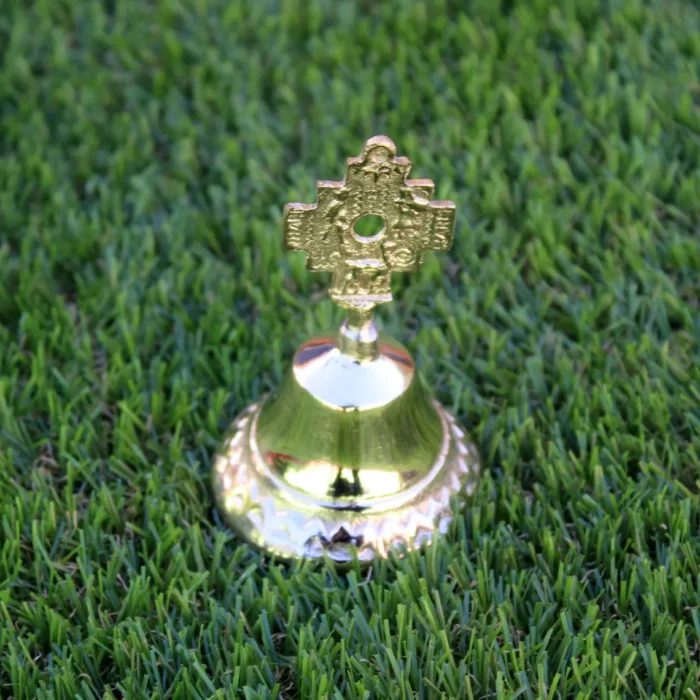
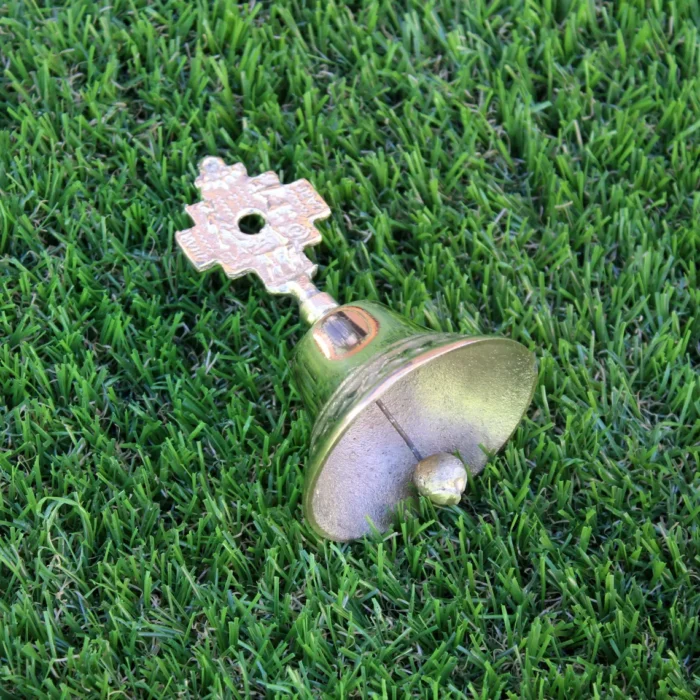
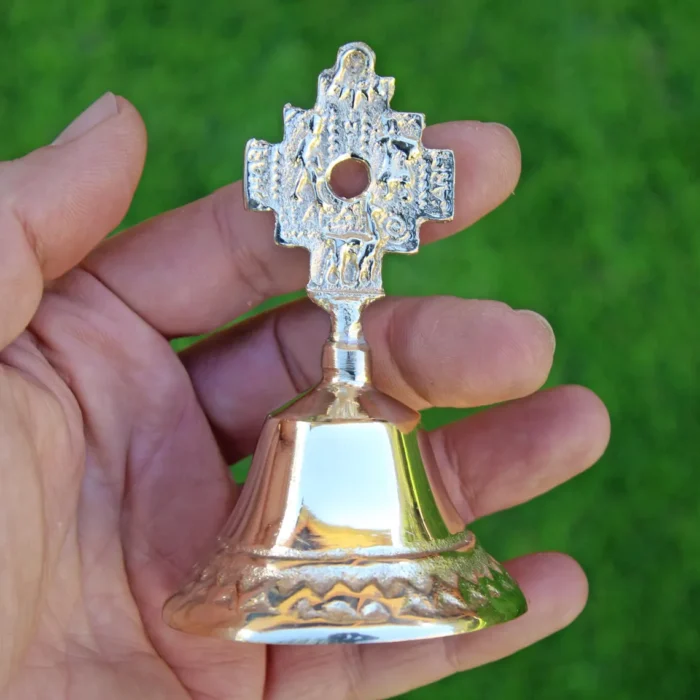
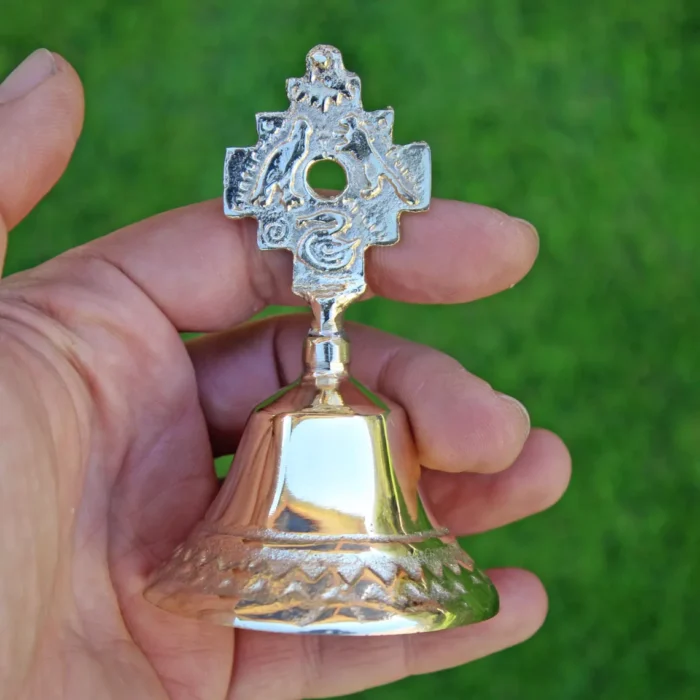
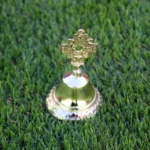
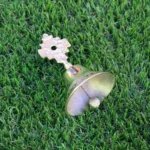
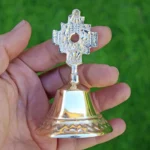
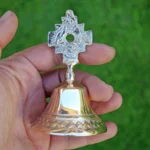


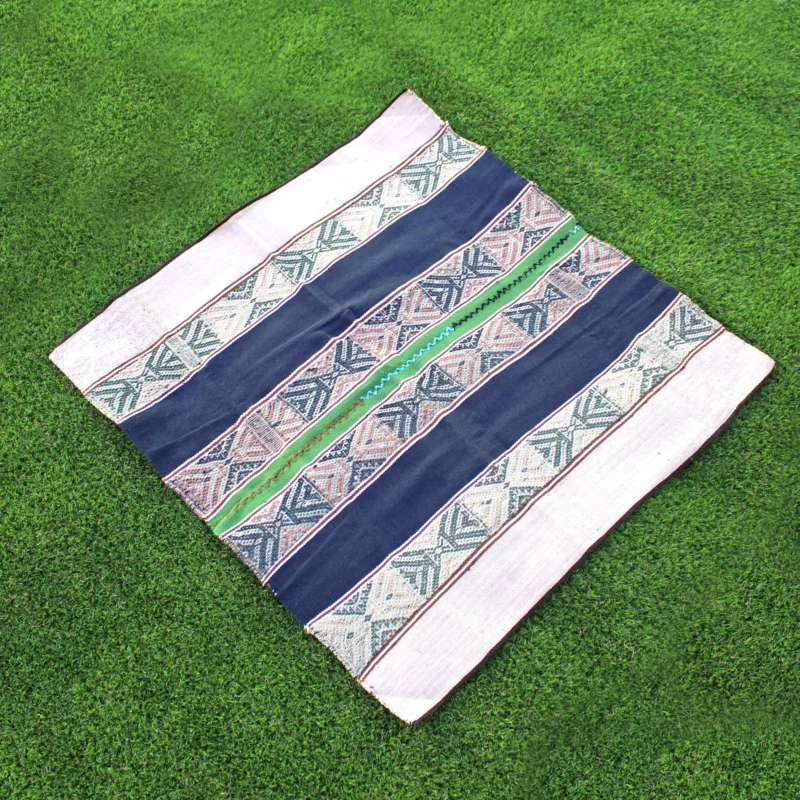
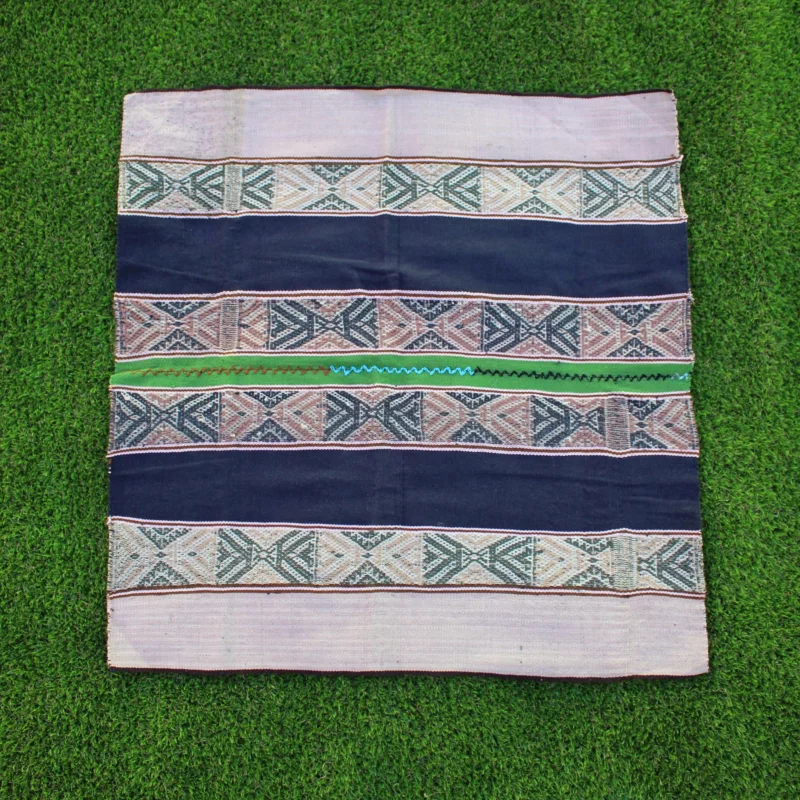
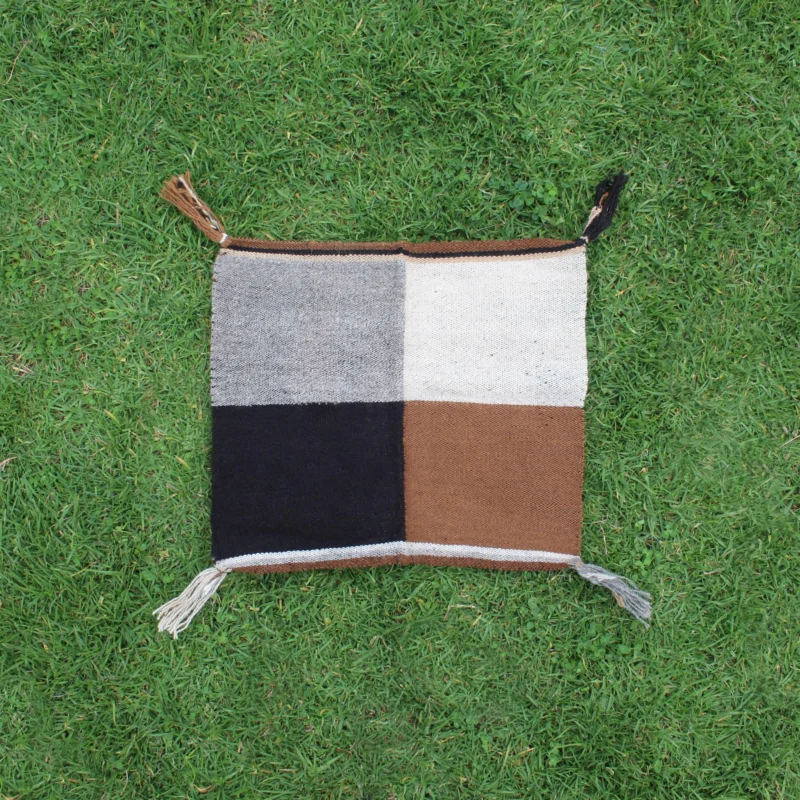
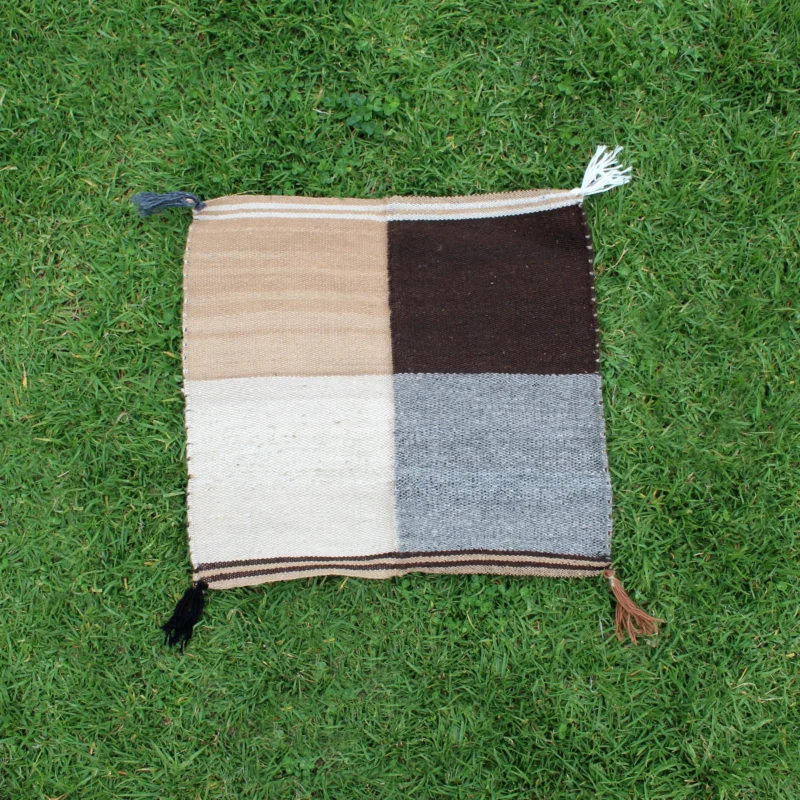
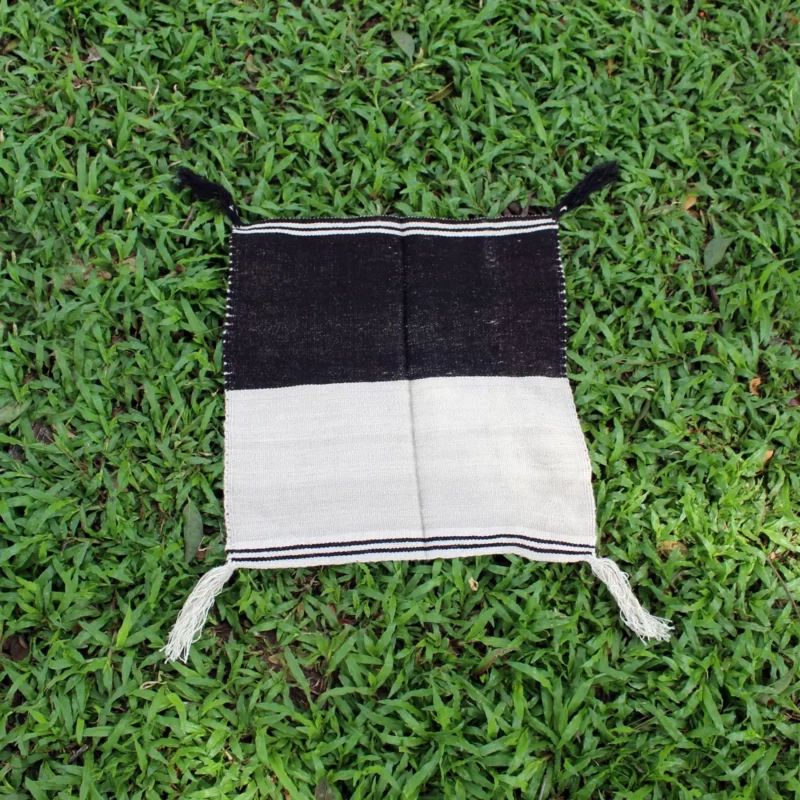
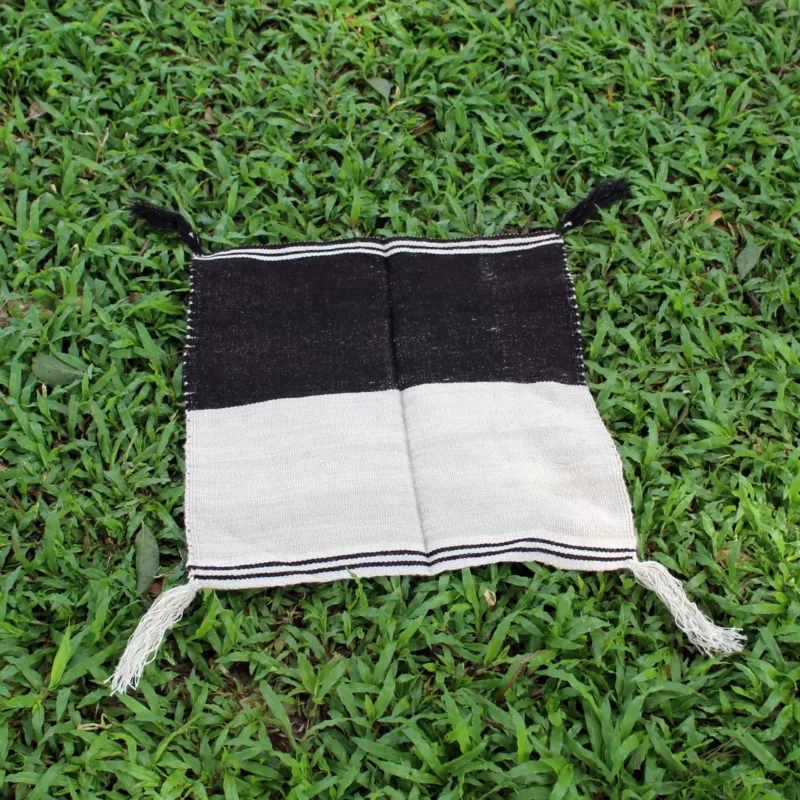
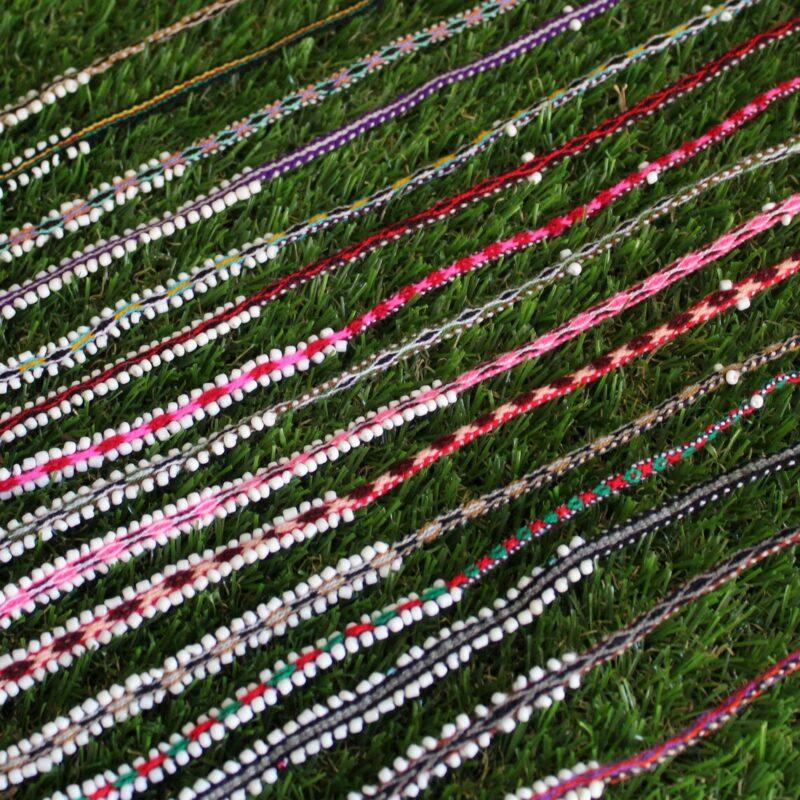
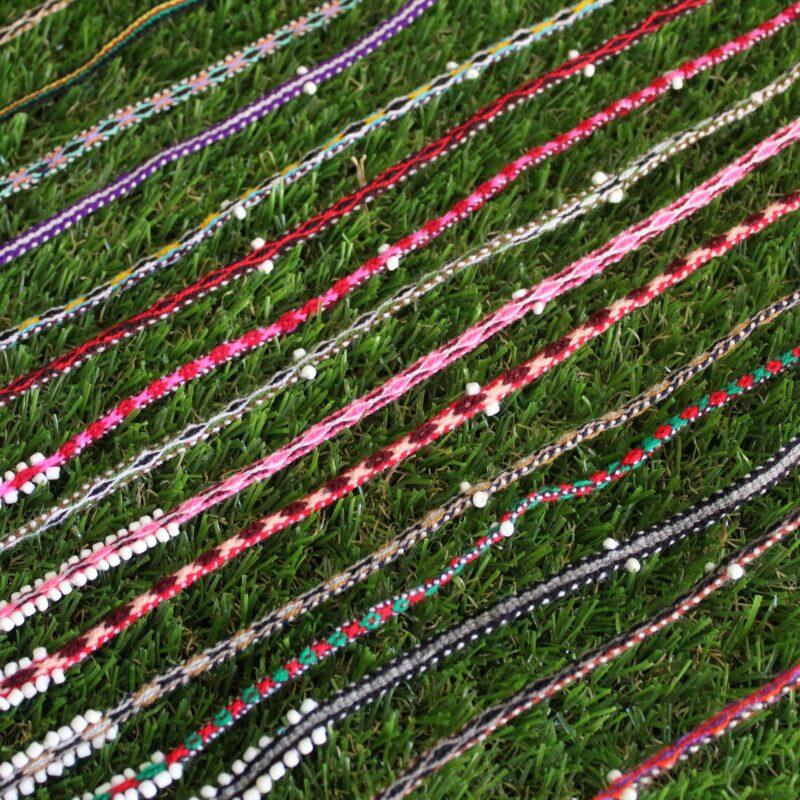












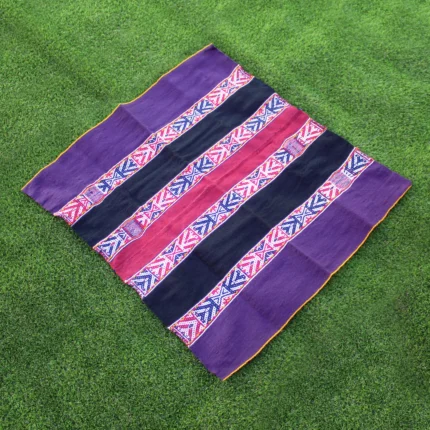
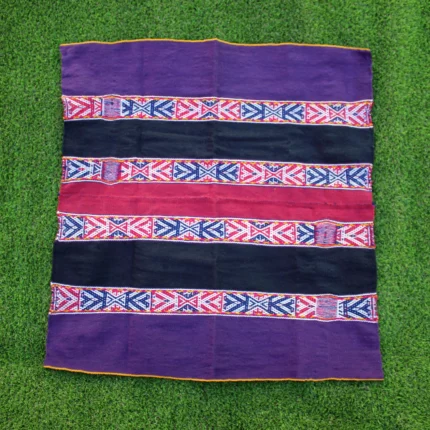
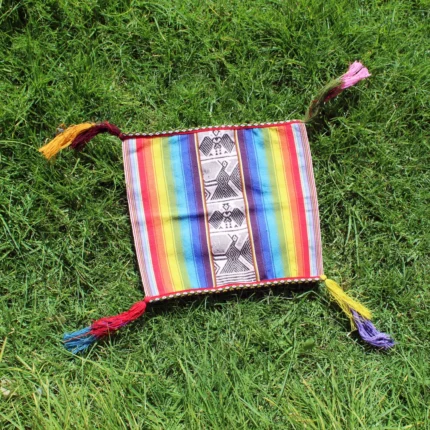
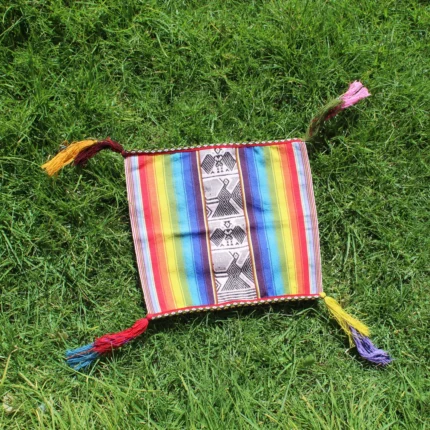

Reviews
There are no reviews yet.